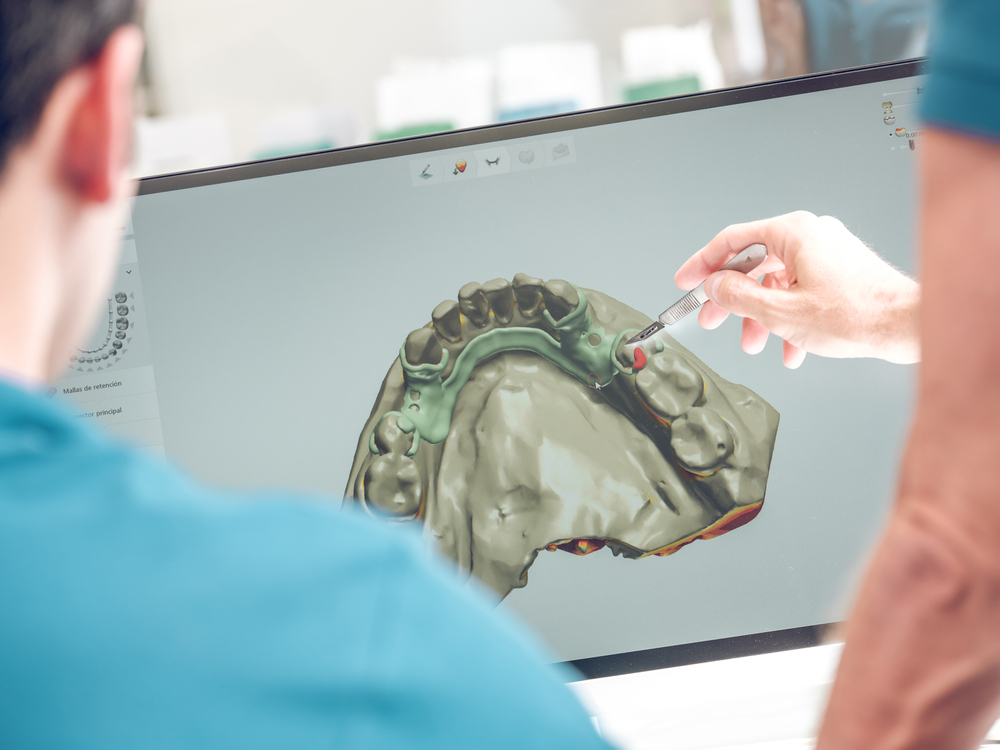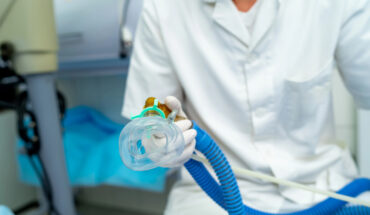
In the world of modern dentistry, innovation is constantly redefining how dental professionals approach patient care. One of the most transformative advancements is digital smile design (DSD). This technology-driven methodology provides a precise, personalized, and visually engaging path to creating stunning smiles, all while emphasizing the importance of maintaining basic oral care throughout the process.
What is Digital Smile Design?
Digital smile design is a patient-centered approach to aesthetic dentistry that leverages digital tools to analyze, plan, and execute smile makeovers. By using high-resolution imaging, 3D modeling, and advanced software, dentists can craft a customized treatment plan that not only enhances a patient’s smile but also aligns with their facial structure and personal preferences. Unlike traditional methods, DSD allows patients to see a virtual preview of their new smile before any work begins, ensuring a collaborative and confidence-building experience.
The Role of Technology in DSD
Technology is at the heart of digital smile design, providing accuracy and efficiency that traditional methods cannot match. Innovations such as 3D scanning, augmented reality, and AI-driven analysis have made it possible to achieve highly personalized results. These advancements also help dentists detect potential issues early, integrating both cosmetic and functional considerations into the design process.
The Importance of Basic Oral Care
While DSD focuses on aesthetic improvements, the foundation of any successful smile makeover lies in basic oral care. Without healthy teeth and gums, cosmetic procedures may not yield optimal results or could be compromised over time. Patients undergoing DSD must maintain diligent oral hygiene practices, including regular brushing, flossing, and dental check-ups, to ensure their smile transformation is long-lasting and sustainable.
Step-by-Step Process of Digital Smile Design
1. Initial Consultation and Assessment
The journey begins with a comprehensive consultation. During this phase, the dentist evaluates the patient’s oral health, discusses their aesthetic goals, and ensures that their expectations align with realistic outcomes. Basic oral care habits are reviewed to identify any underlying issues such as gum disease or cavities that need to be addressed before proceeding.
2. Digital Imaging and Analysis
High-quality digital photographs, X-rays, and sometimes intraoral scans are taken to capture detailed images of the patient’s teeth and facial features. These images are then analyzed to identify areas for improvement, such as misalignments, discoloration, or uneven tooth shapes. Advanced software maps out the ideal smile design, considering factors like lip symmetry, gum line, and facial proportions.
3. Smile Design and Visualization
Using specialized DSD software, the dentist creates a digital mockup of the proposed smile. This step is often the most exciting for patients, as it allows them to see a realistic preview of their potential transformation. The design process considers both aesthetics and functionality, ensuring the new smile looks natural and complements the patient’s overall appearance.
4. Patient Feedback and Adjustments
Collaboration is key in digital smile design. Patients have the opportunity to provide input on their smile mockup, ensuring that their preferences and concerns are fully addressed. Adjustments are made to the digital model based on this feedback, fostering trust and satisfaction before the treatment begins.
5. Treatment Planning
Once the smile design is finalized, the dentist creates a comprehensive treatment plan. This may involve a combination of procedures such as teeth whitening, veneers, crowns, orthodontics, or implants. Each step is planned meticulously, with timelines and costs clearly communicated to the patient.
6. Pre-Treatment Preparation
Before the aesthetic treatments are performed, it is essential to address any oral health issues. This step ensures a healthy foundation for the new smile. Patients are encouraged to continue their basic oral care routine and may undergo professional cleanings, fillings, or other preparatory treatments.
7. Mock-Up and Testing
In some cases, a physical mock-up or temporary restoration is created to test the fit and appearance of the proposed smile. This trial phase allows both the dentist and patient to evaluate the design in real-life conditions and make final adjustments if necessary.
8. Execution of the Smile Makeover
With the groundwork laid, the dentist proceeds with the planned treatments. Advanced tools and materials ensure precision and durability. For example, 3D printing technology may be used to fabricate custom veneers or crowns, guaranteeing a perfect fit.
9. Final Review and Adjustments
Once all procedures are completed, the new smile is thoroughly reviewed. Any minor tweaks needed to perfect the result are addressed. Patients receive detailed aftercare instructions to maintain their new smile, which include a focus on continued basic oral care practices.
10. Follow-Up and Maintenance
After the smile makeover, regular follow-up appointments are scheduled to monitor the results and address any concerns. Patients are reminded of the importance of ongoing oral hygiene and routine dental visits to preserve their investment and enjoy a healthy, radiant smile for years to come.
Why Digital Smile Design Stands Out
What sets digital smile design apart is its patient-centric approach. By involving patients in every step of the process, it ensures their needs and preferences are prioritized. This transparency builds trust and reduces anxiety, leading to higher satisfaction rates. Additionally, the use of digital tools minimizes errors and enhances the predictability of outcomes, making DSD a game-changer in cosmetic dentistry.
The journey from concept to creation in digital smile design is a testament to how technology and artistry can come together to transform lives. By combining meticulous planning, cutting-edge tools, and a commitment to basic oral care, patients can achieve stunning smiles that enhance their confidence and overall quality of life. Whether you’re seeking a subtle enhancement or a dramatic transformation, DSD offers a clear path to a smile that is as healthy as it is beautiful.




